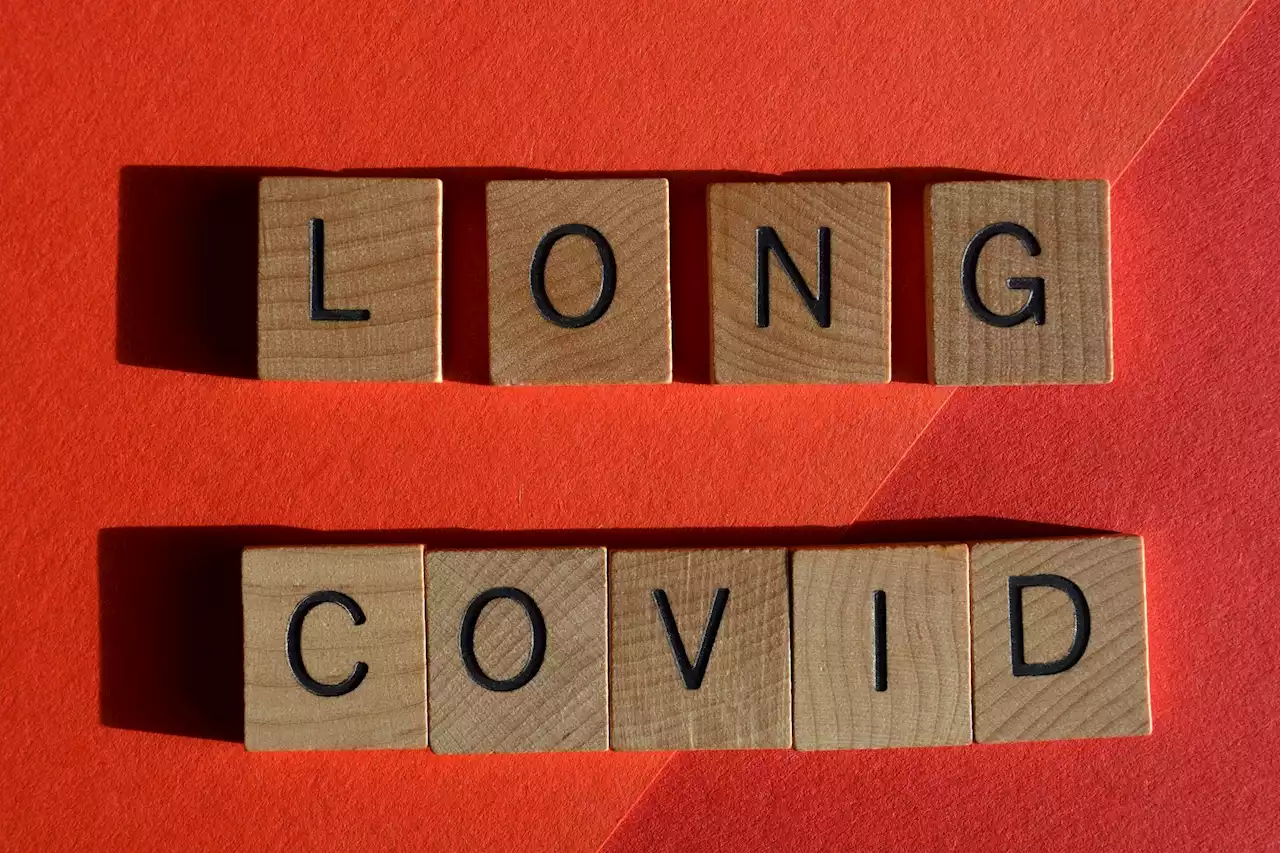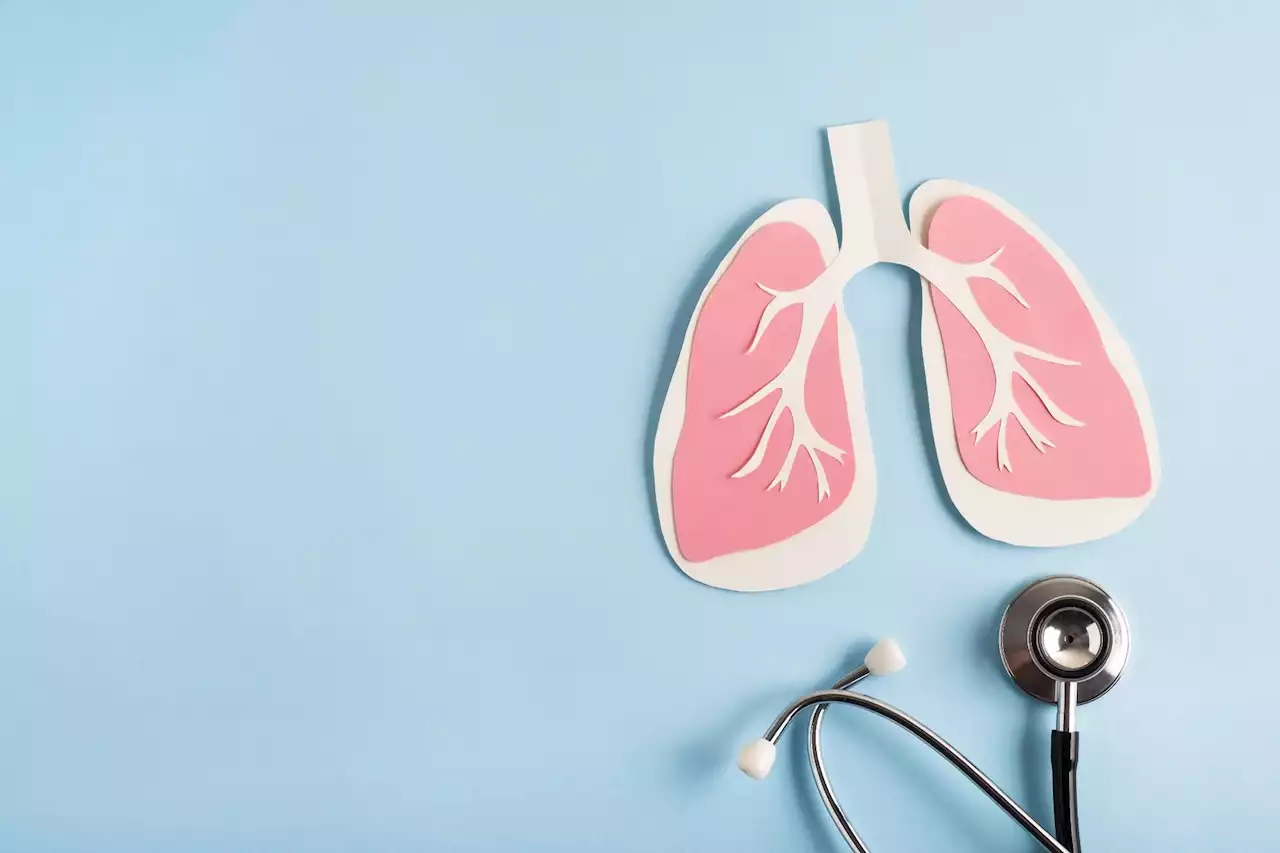The infection connection: investigating the impact on dementia risk, neuroimaging reveals medrxivpreprint ucl dementia neuroimaging infection dementiarisk
By Neha MathurJul 17 2023Reviewed by Lily Ramsey, LLM In a recent study posted to the medRxiv* preprint server, researchers compared the association between neuroimaging markers of dementia: brain volume, hippocampal volume, white matter lesions or hyperintensity volume, and antibodies to common infection across three population-based cohort studies in the United Kingdom .
First, the researchers examined whether seropositivity and exposure to all examined pathogens were associated with neuroimaging outcomes; further, they tested these associations using the apolipoprotein E genotype as an interaction term. In addition, assessing whether pathogen exposure may interact with established risk or protective factors of dementia could provide insights into possible at-risk groups.
To measure total exposure to multiple pathogens, they derived two pathogen burden index scores, total PBI and neurotropic PBI indicating the sum of serostatuses to 17 pathogens and 11 neurotropic pathogens, including herpes simplex viruses , Toxoplasma gondii, and John Cunningham virus, respectively. The latter held more clinical relevance to neurological outcomes.
Further, the researchers used directly genotyped data for APOE genotypes using rs7412 and rs429358 single nucleotide polymorphisms . Subsequently, they developed APOE e4 and APOE e2 non-carrier/carrier, where the latter were heterozygous\homozygous for the alleles e4 and e2, respectively. Results The present study had 2,632 participants with available serology measures and data on at least one neuroimaging outcome, of which 438, 1,259, and 935 belonged to the NSHD, SABRE, and UKB cohorts, respectively. Likewise, the study encompassed 17 pathogens with relevant serology data.
These findings, at least for HSV, agreed with several previous studies. Moreover, the authors found no convincing evidence of associations of pathogen burden scores derived from counts of serostatus values with neuroimaging outcomes. Intriguingly, these suggestive findings were unanticipated based on the hypothesis that pathogen exposures would worsen neuroimaging metrics. Possibly, suggestive findings arose due to chance, e.g., from residual confounding.
United States Latest News, United States Headlines
Similar News:You can also read news stories similar to this one that we have collected from other news sources.
 Researchers demonstrate targeted epigenome editing in the promoter region of several genes using sgRNA/dCas9 complexesResearchers demonstrate targeted epigenome editing in the promoter region of several genes using sgRNA/dCas9 complexes researchsquare Uni_Stuttgart CRISPR geneediting genetics epigenome epigenetics
Researchers demonstrate targeted epigenome editing in the promoter region of several genes using sgRNA/dCas9 complexesResearchers demonstrate targeted epigenome editing in the promoter region of several genes using sgRNA/dCas9 complexes researchsquare Uni_Stuttgart CRISPR geneediting genetics epigenome epigenetics
Read more »
 Unveiling long COVID: new study explores symptoms and strain variationsUnveiling long COVID: new study explores symptoms and strain variations Life_MDPI longcovid covid COVID19 SARSCoV2 longCOVID symptoms strain
Unveiling long COVID: new study explores symptoms and strain variationsUnveiling long COVID: new study explores symptoms and strain variations Life_MDPI longcovid covid COVID19 SARSCoV2 longCOVID symptoms strain
Read more »
 Predicting kidney abnormalities in utero with deep learningPredicting kidney abnormalities in utero with deep learning OttawaHospital uOttawa kidney health deeplearning
Predicting kidney abnormalities in utero with deep learningPredicting kidney abnormalities in utero with deep learning OttawaHospital uOttawa kidney health deeplearning
Read more »
 Unraveling the consequences: COVID-19's devastating effect on the TB care cascadeUnraveling the consequences: COVID-19's devastating effect on the TB care cascade medrxivpreprint StellenboschUni covid COVID19 SARSCoV2 TB tuberculosis healthequity LMICs
Unraveling the consequences: COVID-19's devastating effect on the TB care cascadeUnraveling the consequences: COVID-19's devastating effect on the TB care cascade medrxivpreprint StellenboschUni covid COVID19 SARSCoV2 TB tuberculosis healthequity LMICs
Read more »
 Touching lives: understanding factors for successful touch interventionsTouching lives: understanding factors for successful touch interventions medrxivpreprint touchintervention touch mentalhealth physicalhealth research
Touching lives: understanding factors for successful touch interventionsTouching lives: understanding factors for successful touch interventions medrxivpreprint touchintervention touch mentalhealth physicalhealth research
Read more »
 Impact of the 2022 European heat wave: Over 60,000 deaths recordedImpact of the 2022 European heat wave: Over 60,000 deaths recorded ISGLOBALorg UPFBarcelona umontpellier psl_univ heat heatwave climate weather
Impact of the 2022 European heat wave: Over 60,000 deaths recordedImpact of the 2022 European heat wave: Over 60,000 deaths recorded ISGLOBALorg UPFBarcelona umontpellier psl_univ heat heatwave climate weather
Read more »
